Author: Sara Reynolds
-
U.S. Senate confirms nominee to U.S. District Court for Central District of California
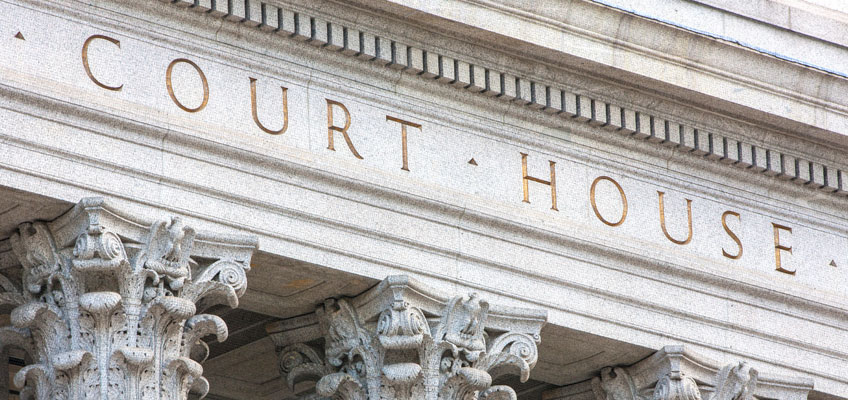
The U.S. Senate confirmed Fernando Aenlle-Rocha to the United States District Court for the Central District of California by a vote of 80-8. After he receives his federal judicial commission and takes his judicial oath, the 28-member court will have nine Democrat-appointed judges, 13 Republican-appointed judges, and six vacancies. Aenlle-Rocha will join three other judges…
-
U.S. Supreme Court declines to rule on merits of census case
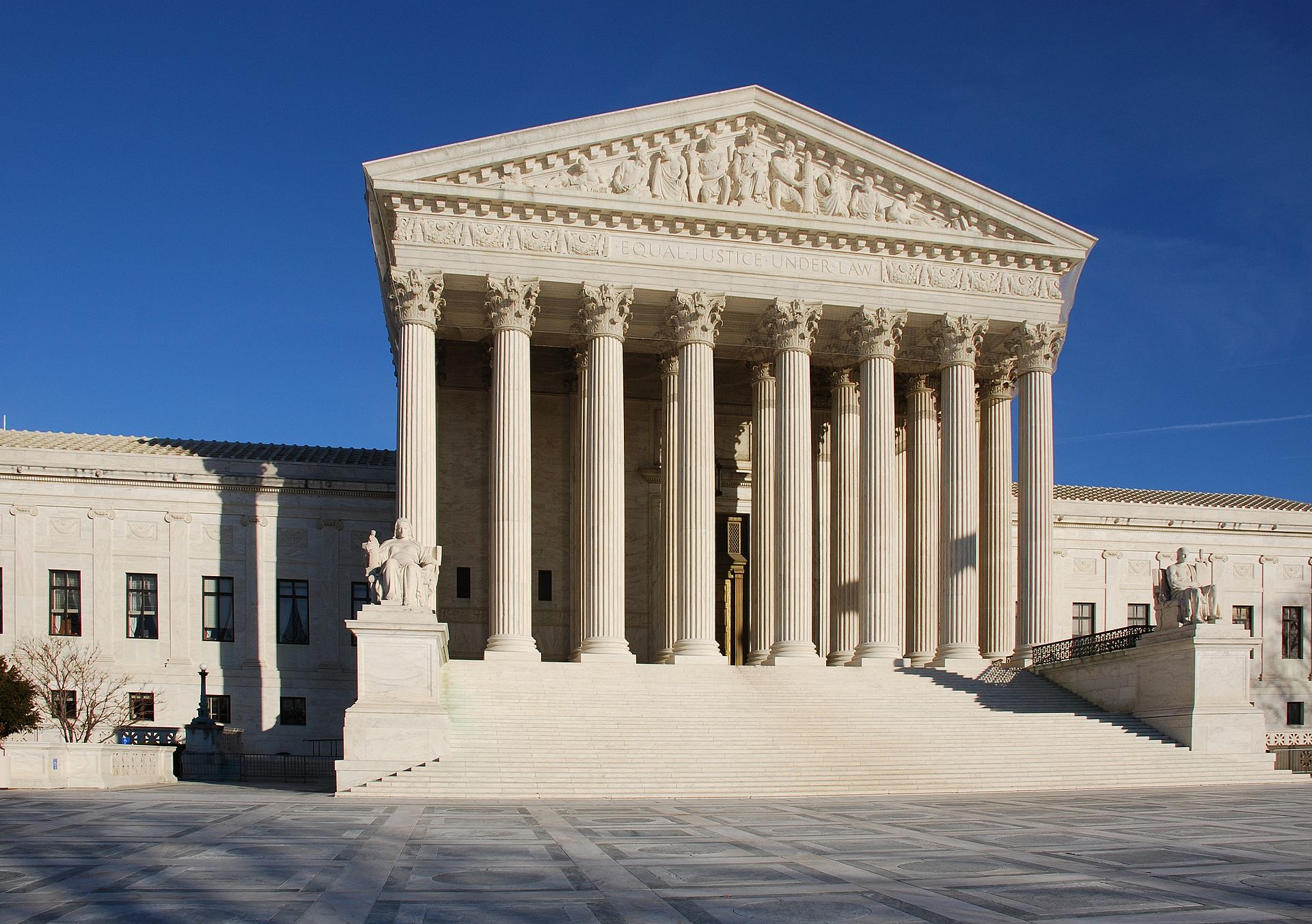
The U.S. Supreme Court (SCOTUS) issued an unsigned 6-3 opinion in Trump v. New York. The case was argued on Nov. 30, 2020, and concerned congressional apportionment following the 2020 U.S. Census. The U.S. government asked SCOTUS to consider if the president could order the U.S. Secretary of Commerce to exclude individuals residing unlawfully in…
-
Supreme Court releases opinion on water dispute between Texas and New Mexico
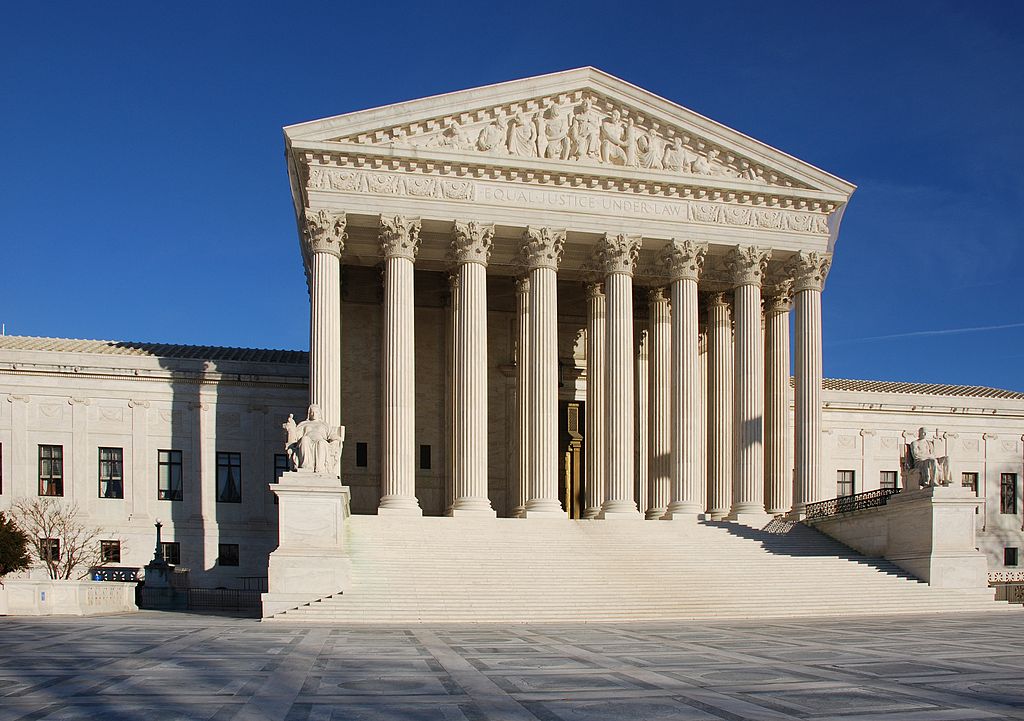
The Supreme Court of the United States issued an opinion in Texas v. New Mexico, which was argued on October 5, 2020. The case is part of the court’s original jurisdiction, meaning it was the first and only court to hear the case. Original jurisdiction cases are rare. According to the Federal Judicial Center, since…
-
Supreme Court releases opinion on water dispute between Texas and New Mexico

The Supreme Court of the United States issued an opinion in Texas v. New Mexico, which was argued on October 5, 2020. The case is part of the court’s original jurisdiction, meaning it was the first and only court to hear the case. Texas v. New Mexico concerned an interstate water dispute. In 1949, the…
-
U.S. Supreme Court releases January 2021 argument calendar

The U.S. Supreme Court has released its January argument calendar for the 2020-2021 term. The court will hear five hours of oral argument in seven cases between January 11 and January 19. So far, the court has agreed to hear 46 cases during its 2020-2021 term. January 11, 2021 • Albence v. Guzman Chavez January…
-
U.S. Supreme Court announces circuit assignments

The U.S. Supreme Court (SCOTUS) announced circuit assignments for the chief justice and the associate justices on November 20. Under Title 28, United States Code, Section 42, each SCOTUS justice is assigned to one of the 13 U.S. courts of appeal. The U.S. courts of appeal are the intermediate appellate courts of the U.S. federal…
-
U.S. Senate confirms five nominees to federal judgeships
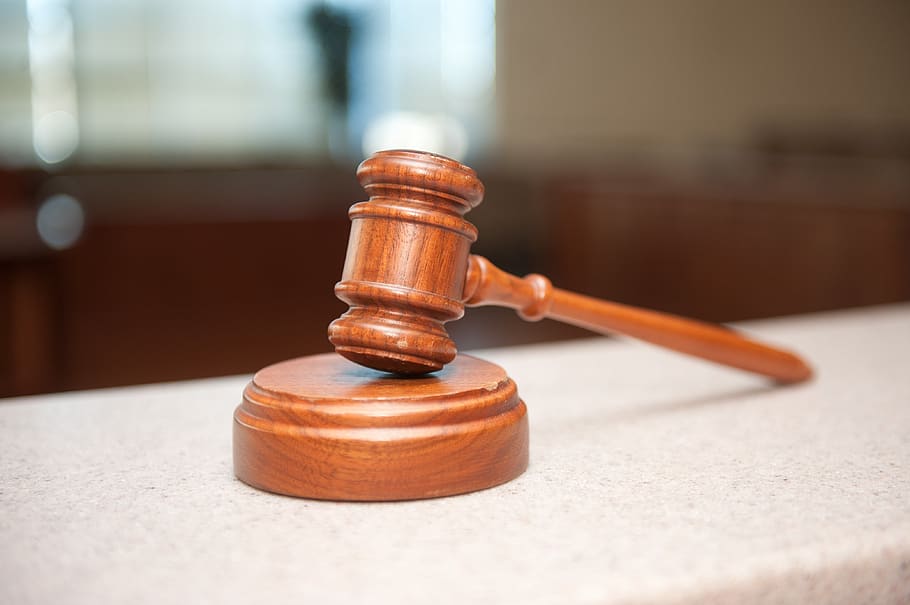
The U.S. Senate confirmed five nominees to federal judgeships—four to federal district court seats and one to the U.S. Court of International Trade. The 94 U.S. District Courts are the general trial courts of the United States federal courts. The U.S. Court of International Trade is an Article III federal court that only hears cases…
-
Ballotpedia releases federal judicial vacancy count for October

In this month’s federal judicial vacancy count, Ballotpedia tracked nominations, confirmations, and vacancies from October 2, 2020, to November 1, 2020. Ballotpedia publishes a federal judicial vacancy count at the start of each month. HIGHLIGHTS • Vacancies: There have been two new judicial vacancies since the previous report. There are 59 vacancies out of 870 active Article III judicial…
-
U.S. Supreme Court considers ACA’s individual mandate
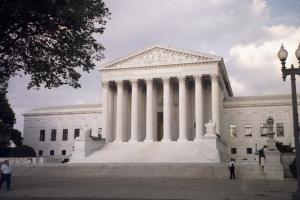
On November 10, the U.S. Supreme Court will hear California v. Texas via teleconference with live audio. California v. Texas concerns the Patient Protection and Affordable Care Act (ACA), also known as Obamacare. President Barack Obama (D) signed the ACA into law in 2010. Section 5000A of the ACA, known as the individual mandate, established…

